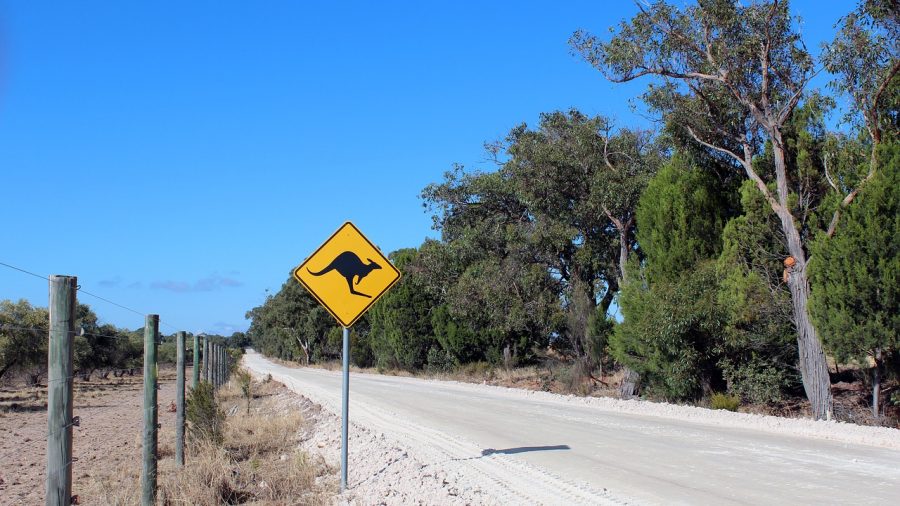Winter is the worst time for animal collisions, particularly at dawn and dusk in the country. Nobody wants to hurt a wild animal yet relatively few drivers know what to do if they hit one. How to avoid wildlife on the roads.
During 2013-2022, 25 people died and 1,551 were injured in 1,384 crashes with an animal on a country road.
Around 17,000 people made an insurance claim in 2022 for damage caused from colliding with an animal. Results from this annual survey by AAMI offer some clues to avoiding wildlife.
First, some regional roads are more likely to kill wild animals than others. Australia’s worst wildlife hotspot is Heathcote, Victoria. In NSW, Dubbo takes the top spot for animal collisions, followed by Goulburn and Sutton.
Second, the most common day for an animal collision is Saturday, followed by Sunday: 30% of collisions happen at the weekend.
Third, more than a quarter of collisions happen between 4.30pm and 8pm in the evening. (Animals are also active at dawn, but people are less likely to be travelling then.)
While wildlife are unpredictable in their movements, it’s wise to be more vigilant at these times and in these places.
Plan for the unpredictable
The times when wildlife are around are also the times when you are least likely to see them. For this reason, you need to be more aware of your surroundings and be prepared to slow down.
Some 60% of claimants in the AAMI study said they would swerve rather than hurt an animal. This is a dangerous tactic. If you do see an animal, never swerve to avoid it as you could collide with another vehicle or tree. Always keep driving and brake as slowly as possible.
Drivers are most likely to hit a kangaroo, wombat, deer, cow – or a dog.
Wildlife rescue WIRES offers a few tips if you hit an animal:
- Check its welfare when safe to do so and, if alive, contact the local wildlife rescue.
- If a marsupial, check its pouch for a joey (a ribbon or X on the body means it has already been checked).
- Drag the animal’s body off the road by the hind legs or base of the tail, to protect animals who would feed on it and other drivers who could crash also.
Get some motor insurance
About one in 7 claims involving wildlife led to write-off of the vehicle. Meanwhile, the average cost of a claim was $5,500 to $6,400. For full coverage of a vehicle damaged by an animal collision, you need to have comprehensive insurance.
The AAMI study included only drivers who collided with animals and had AAMI insurance. The number of animal collisions in Australia is likely to be considerably higher than 17,000 a year, including all insurers. There will also be drivers who hit wildlife but have no motor insurance.
Remember your CTP green slip does not cover any damage done by an animal to your car. Your green slip covers only injuries and deaths of people involved in a crash. Under the law, collisions with animals can be considered no-fault accidents. In this case, drivers can claim on their green slip for personal injuries caused by an animal.


your opinion matters: